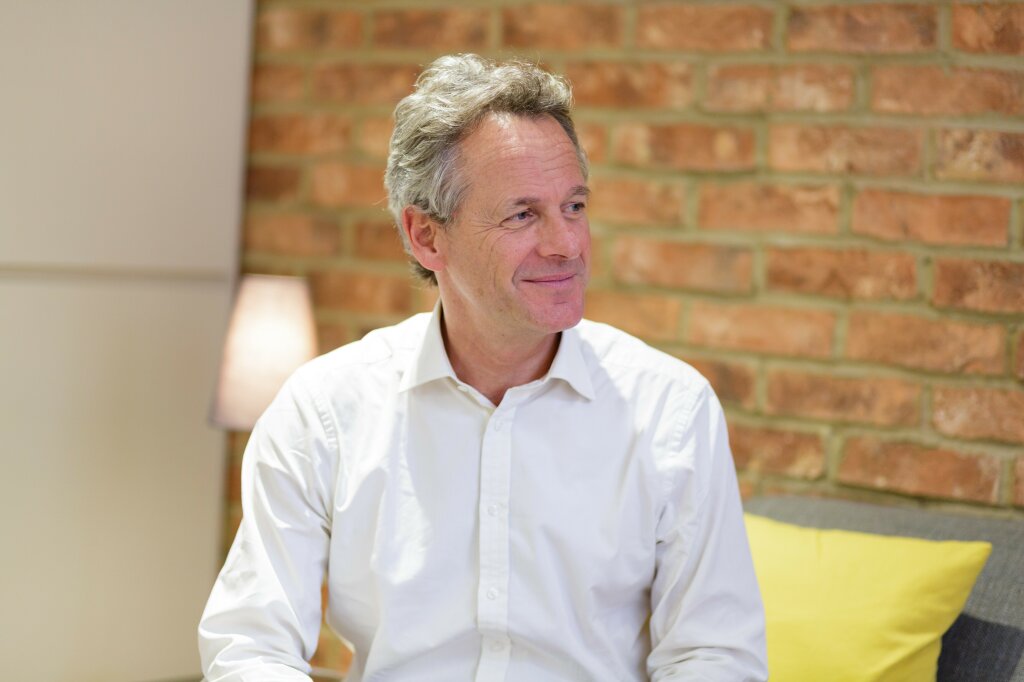Creating a sense of community has for a long time been a key consideration for residential developers. But the concept of community is also becoming increasingly important to office occupiers.
As technology has made working from home entirely practical in most clerical professions, the role of the office has changed. Personal lives and work lives are increasingly converging. Commercial buildings are no longer a place to work between set hours; they are where teams come together, collaborate and create (see the related video above to find out more).
With recent research from the Chartered Institute of Personnel Development finding that 40% of people check work emails at least five times a day outside working hours, offices need to offer flexibility. If work is allowed to infringe on home time, modern workplaces have to be set up to facilitate more than just work-related activity.
Developers have traditionally looked to minimise communal spaces with a view to having the maximum area of lettable space. But this is changing and architects are increasingly incorporating larger common areas into the design of new buildings. The popularity of co-working brands such as TOG and WeWork highlights that occupiers today are looking at the building as a whole rather than only the specific space they are letting.
For example, at The Future Works - our development with U+I in Slough - we are creating a communal roof terrace in recognition of the fact that shared and managed outdoor space will benefit all tenants by offering them an amenity and a sense of community.
Community spirit
While new buildings are reflecting this growing focus on communal spaces, it is also possible to increase community spirit in existing buildings through a combination of creative design and active management.
At The Colmore Building in Birmingham, we took underused space in the basement to create a gym, luxury changing rooms, treatment rooms and cycling facilities. We also sacrificed ground-floor office space to create a coffee house attached to the main reception. And at 200 Aldersgate in Farringdon, London, we are transforming neglected outside space into a communal landscaped garden with zoned areas, all with wi-fi, so that our occupiers can work, have meetings or host small events outside.
Creating a sense of community does not have to cost more: we run programmes of events and pop-ups in the receptions of a number of our buildings at minimal cost; we organise charity tie-ups to bring tenants together to support good causes; and most of our buildings have tenant websites and Twitter feeds to create a sense of community online.
It does, however, require focus. For too many asset managers, this kind of activity is an add-on and seen as a headache. But we have made it a priority, with a dedicated senior member of the team handling wellbeing across all our sites.
It is not just about following trends and being seen to do the right thing; it makes business sense for us as building owners. If you have buildings people love to be in, the chances of costly voids are reduced.
Now that people not only work from home but also ‘home from work’ - doing personal jobs and leisure activities during the traditional 9 to 5 - developers and landlords who create flexible, lifestyle-led communities rather than traditional office spaces will find their schemes lease quicker, have fewer voids and are more in demand, leading to higher rents - a recipe for success.

